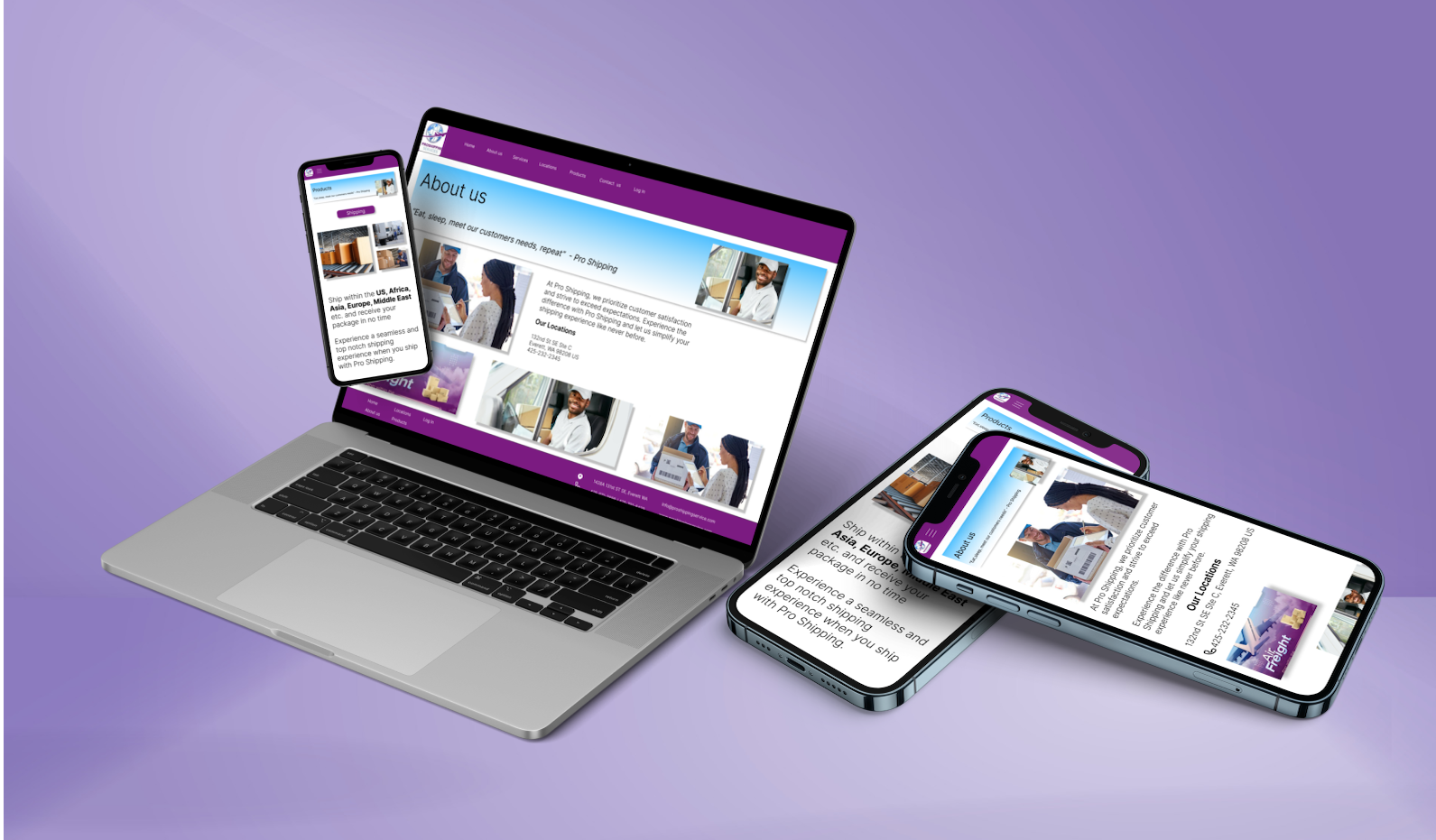Lorem ipsum dolor sit amet consectetur adipisicing elit. Quisquam necessitatibus incidunt ut officiis explicabo inventore.
t.co/v82jsk
Hire Me
Lorem ipsum dolor sit amet consectetur adipisicing elit. Quisquam necessitatibus incidunt ut officiisexplicabo inventore.
myemail@gmail.com



.png)
.png)